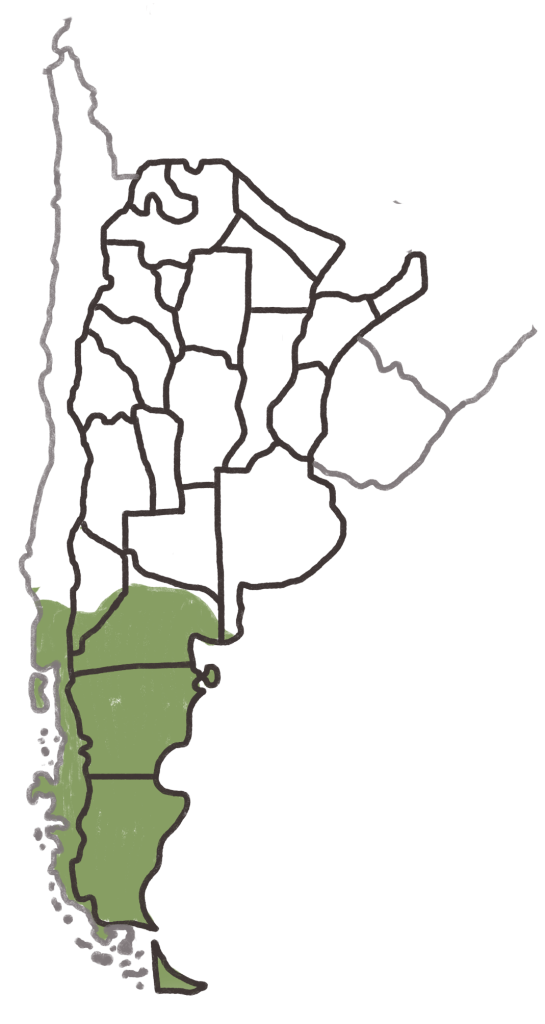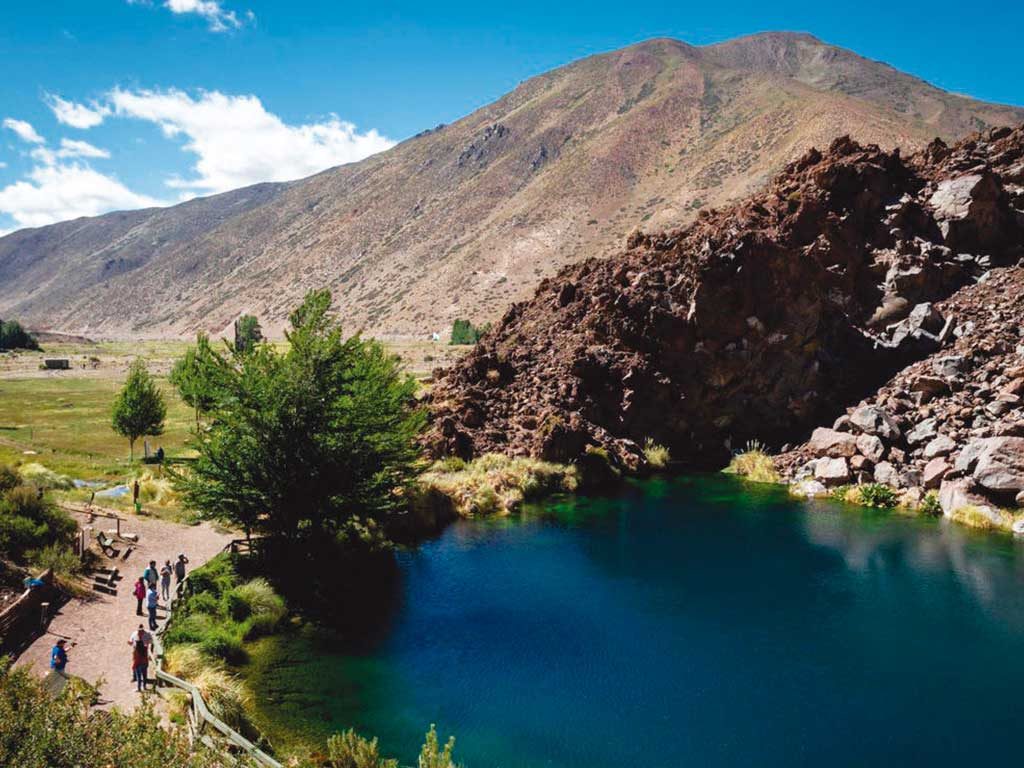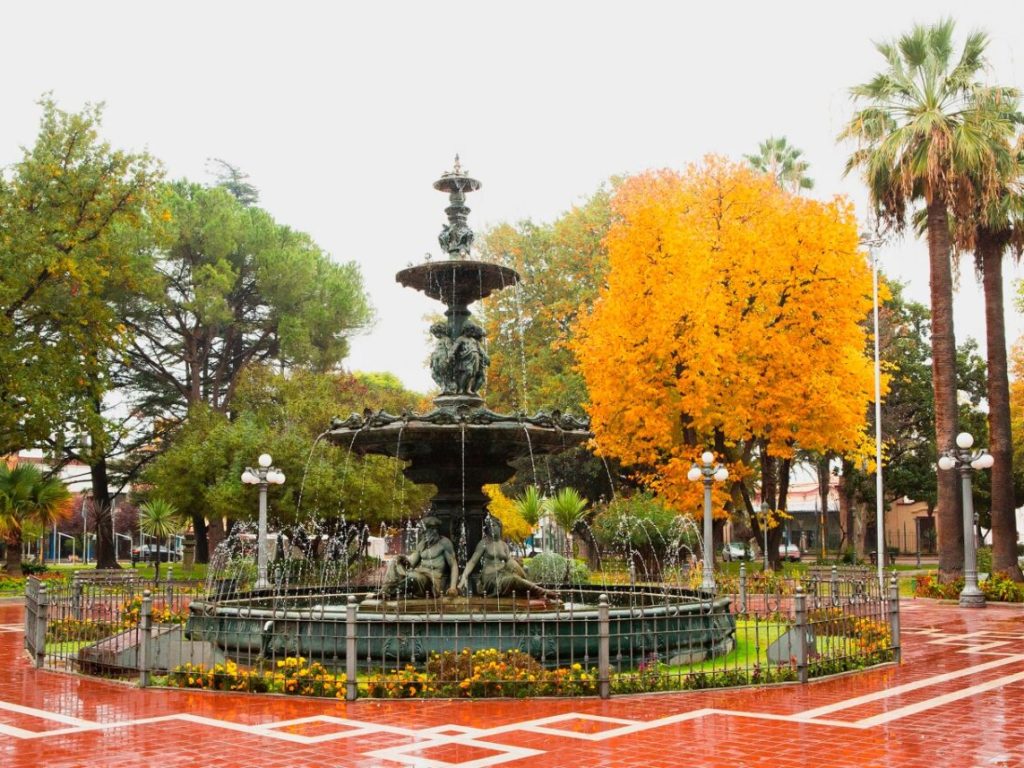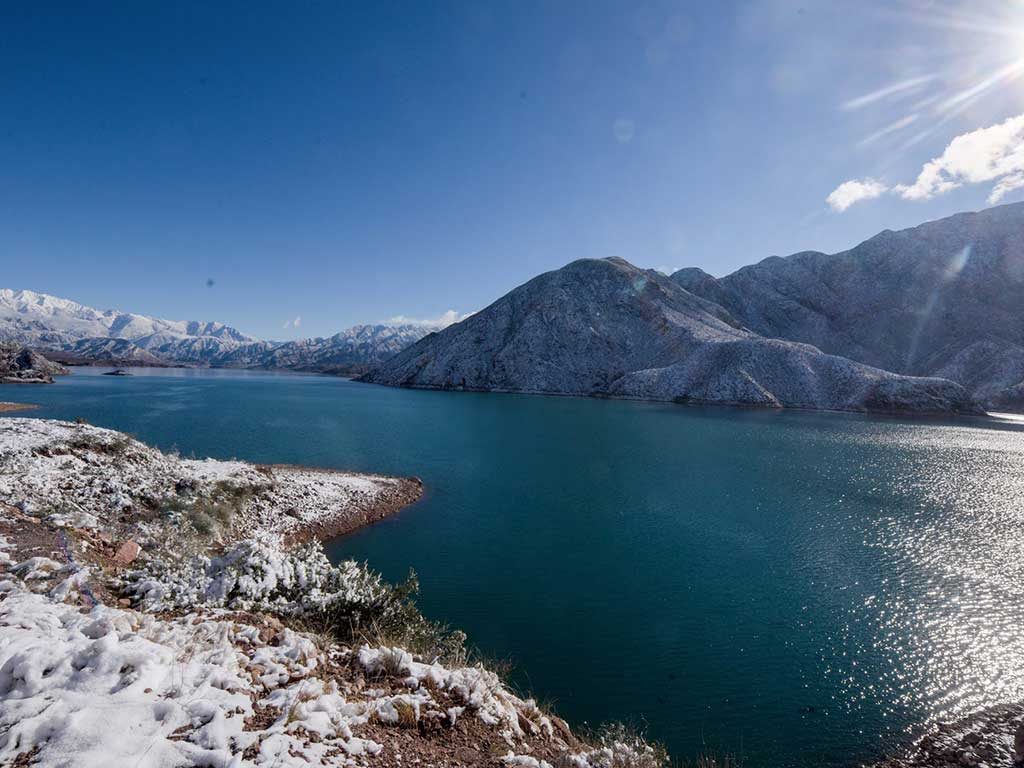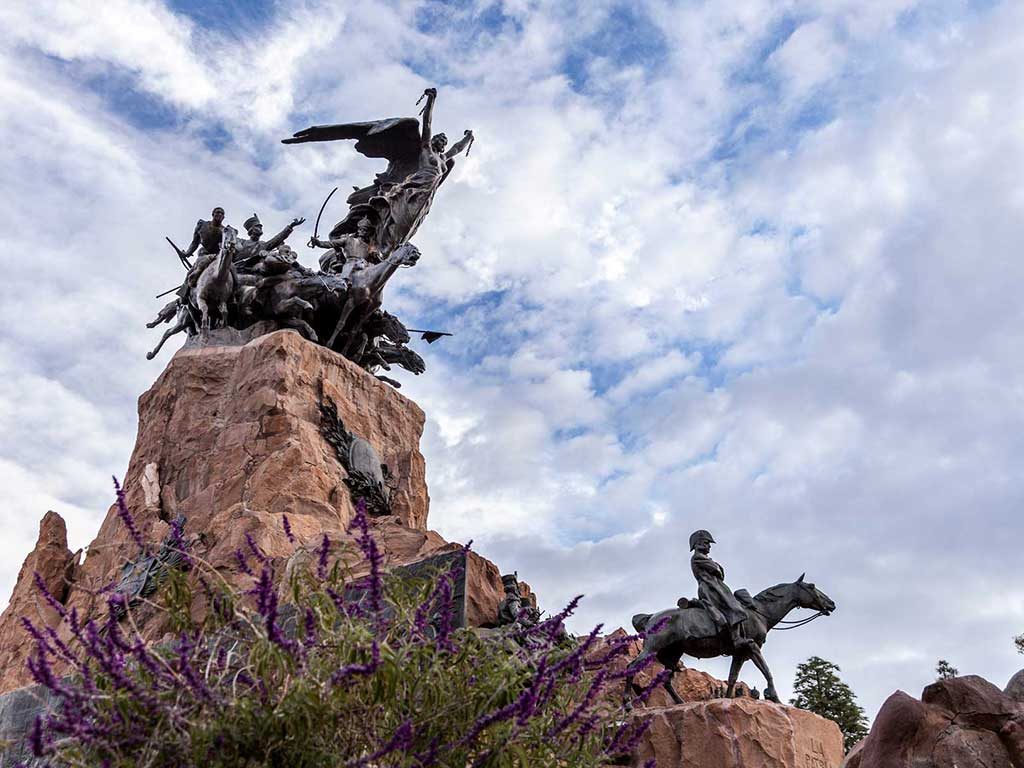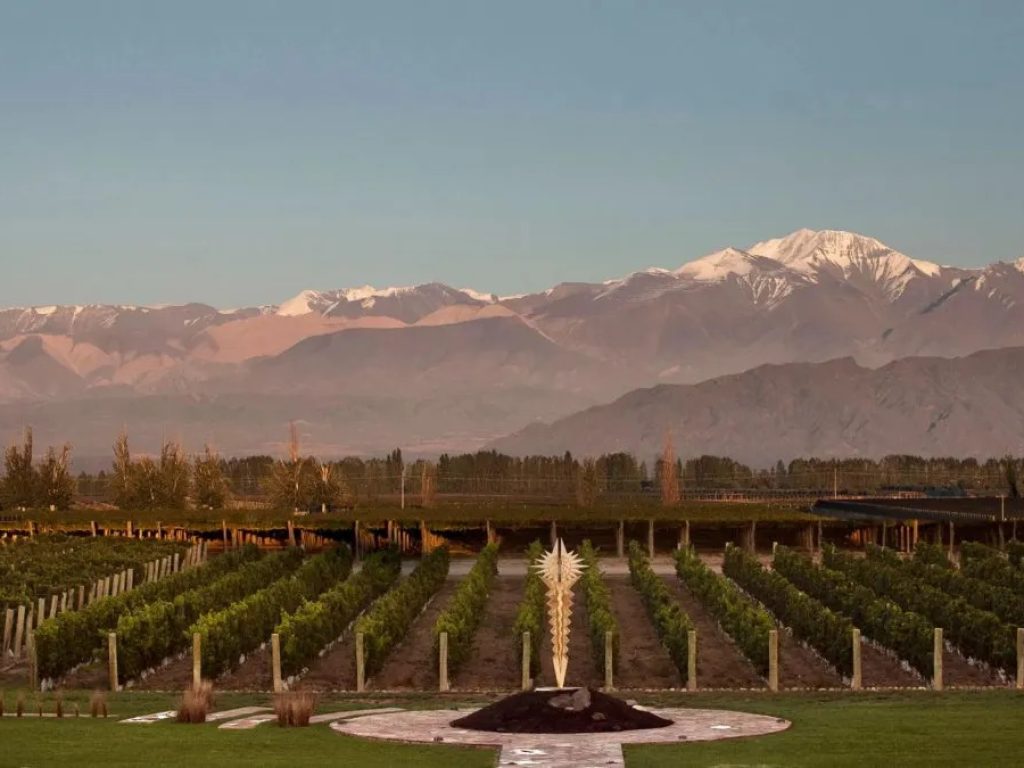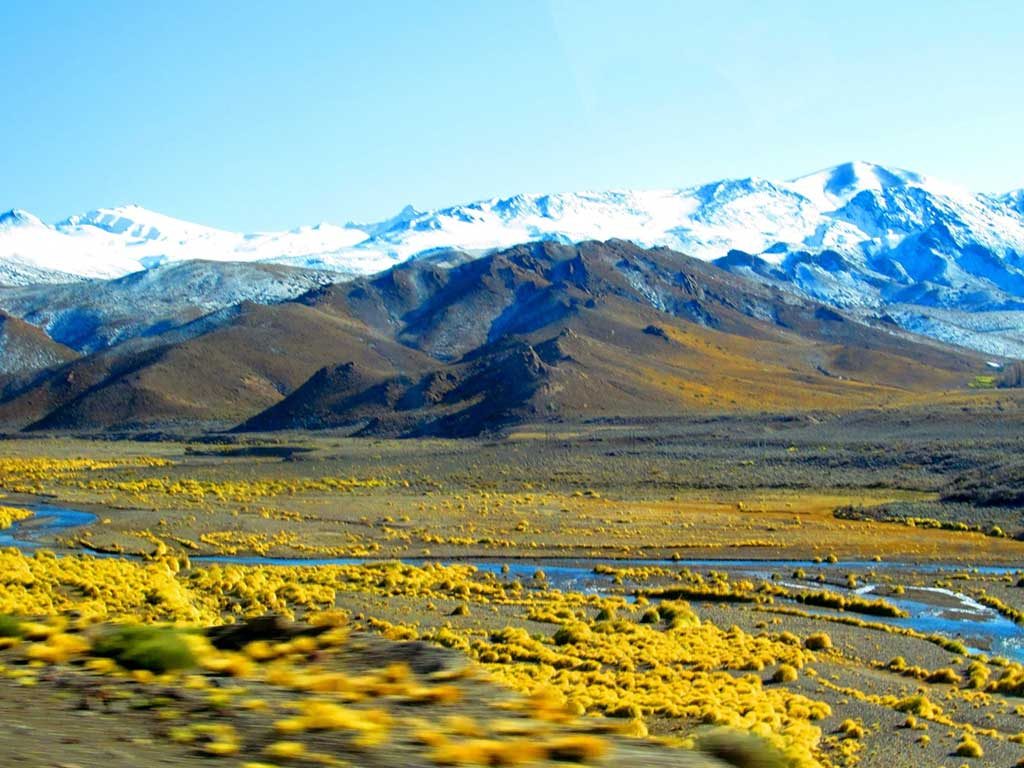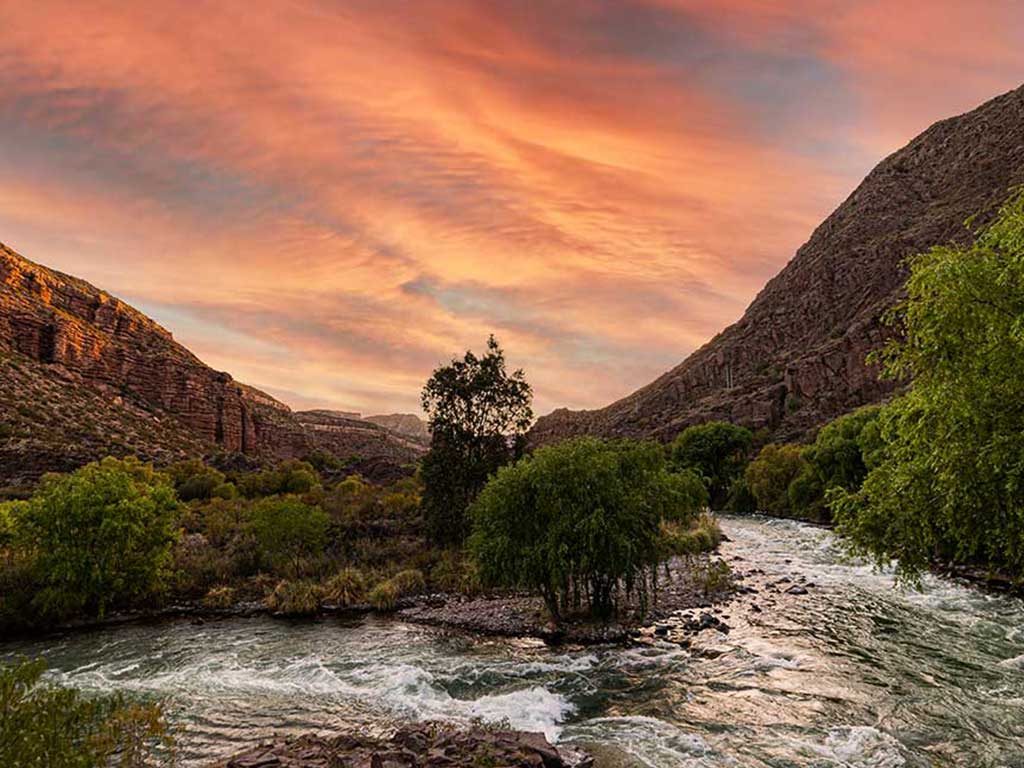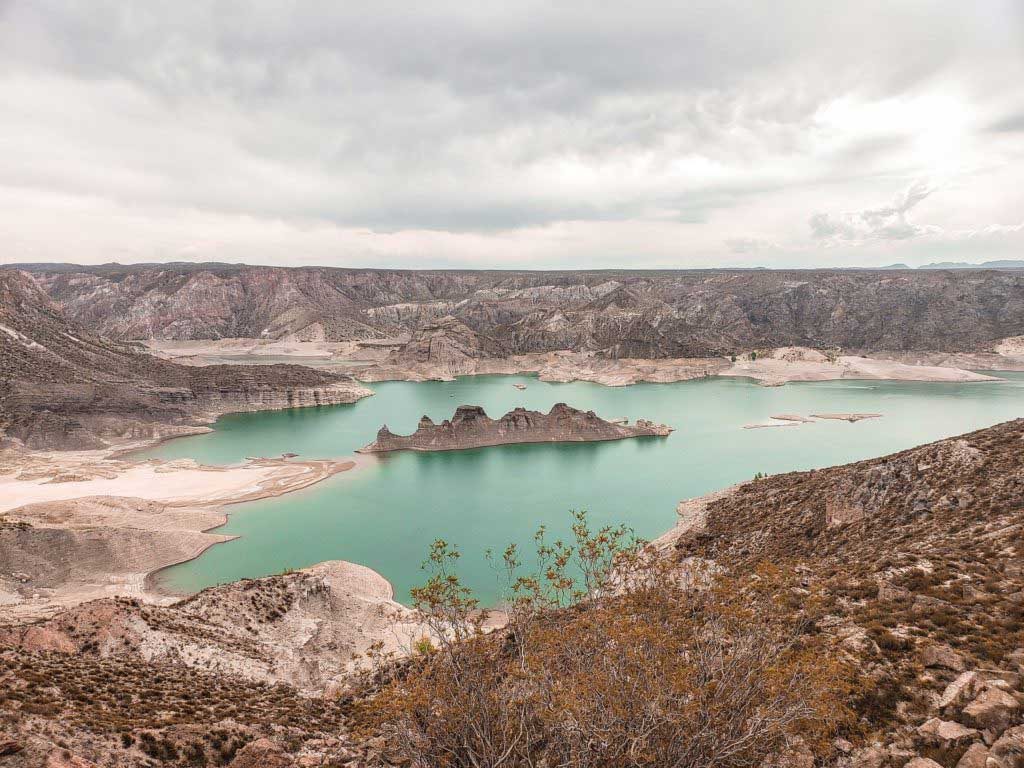Destino Malbec
We are a tourism agency
Our agency expresses love for the place, the people and their culture, providing the best of us to those who visit us.
Services
Unique tourist experiences
We create a distinguished and pleasant experience adapted to the needs of our visitors, taking care of every detail to achieve high quality stays that live long in the memory.
Itineraries designed 100% custom
Transport Accommodation Tours Events Groups Weddings Tastings Bike through vineyards Cooking class Blending games
Wonderful Mendoza
Mendoza attracts all year round, the different seasons show the variety of colors, landscapes and activities in which the traveler can be the protagonist, experiencing unique emotions.
Spring
Ideal time for adventure tourism and practicing sports such as rafting or kayaking. Mild nights with a wide range of outdoor cultural activities. The vineyards, already lush but still fruitless, can be explored on foot or by bicycle, ending with lunch or dinner in the winery restaurants.
Summer
Ideal season to visit wineries and vineyards during their most intense period of work. Long days with pleasant temperatures to enjoy in the water bodies in both the North and South oasis, give rise to all types of activities, especially adventure tourism and gastronomy.
Autumn
Autumn is not the same in Mendoza. The end of the harvest is coming, the first wines of the year, the production of dried and preserved fruits and above all the incomparable range of colors that the landscape presents at this time are ideal for walks in the vineyards, horseback riding in the foothills and air festivals, such as “Classical Music along the Wine Roads”.
Winter
The white color of the mountains and the cool but sunny days invite you to the large ski centers and to tours and walks through the fields and vineyards, often snowy. Walks in the foothills become great adventures that end with true gastronomic delights in keeping with the cold.
International Wine Capital
Cradle of wine par excellence.
Chosen as one of the 21 most wonderful cities in the world, at the foot of the highest Andes Mountains, Mendoza is home to more than 70% of the country’s vineyards.
It is the Argentine capital of viticulture, headquarters of the National Harvest Festival and the Classical Music along the Wine Routes festival.
Location
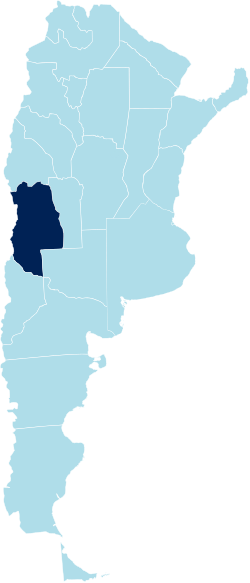
Central zone
Luján, with the mountain range in the background and its farms surrounded by colorful poplar trees -alternating with early 20th century style towns and modern urbanizations- is the most recognized area of Mendoza thanks to its Malbec DOC.
It has a wide range of terroirs that give its wines very characteristic aromas and body. Its wineries - mostly with their own restaurants overlooking the vineyards - present a sustainable architecture concept, in harmony with the mountain landscape, and are true spaces of delight for lunches, dinners or sunsets, where you can enjoy a varied gastronomy with excellent pairings.
Maipú, for its part, was the first wine-growing area that Argentina had - hence its name as “Cuna del Vino” - and the oldest olive-growing center in Mendoza.
Following the course of the Mendoza River, we find the view offered by the Olive road with its exquisite and fine oils and optimal climatic conditions, which have oriented to local establishments (distributed throughout the department)to the production of organic wine and allowed the development of an enogastronomic hub, which presents a cuisine with a marked immigrant influence.
East
This is the largest wine-growing area in the Province. Bathed by the lower Tunuyán River, it comprises the departments of Rivadavia, San Martín, Junín, Santa Rosa and La Paz. Like the north, this area presents a landscape of many shades of green, provided by zampas, jarillas, cortaderas, tamarinds and carob trees. Its soil, with a high content of clay, sand and salts, its underground layers, and its temperate climate with lots of sun, make it an ideal land for the production of peaches and apple trees with intense colors, and grapes with a very fruity aroma that are easily perceived in the Chenin, Torrontés, Bonarda, Tempranillo and Cabernet Sauvignon characteristics of this region.
Valle de Uco
Located in the central-west of Mendoza, close to the Andes, in the upper basin of the Tunuyán River, the Uco Valley rises more than a thousand meters high, a truly privileged region for cultivation of the vine. Its alluvial and stony soils, its well-tempered microclimate, its great exposure to the sun and the elevated terrain give rise to strong wines, with great body and deep color, which is why the preferred varieties of the place are Malbec, Cabernet Sauvignon, Cabernet Franc, Chardonnay and Sauvignon Blanc.
The slope rises as the mountain approaches, and shows the visitor the complete picture of the landscape in a single glance, in which alternates the vineyards with crops of pear trees, apple trees, peaches, plums, apricots, cherry trees and almond trees, whose flowers complete the entire color palette until reaching the white of the mountain snows. The wineries in the area with impressive architecture, blended with the native vegetation and the landscape, offer a highly prized cuisine, made mostly with products from their own orchards and fruit trees, and with one of the most beautiful views that the traveler can imagine.
South
It is located around the basin of the Diamante and Atuel rivers, and covers the departments of San Rafael and General Alvear. It concentrates the entire range of Mendoza's flora: its landscapes are adorned with jarillas, reeds, cortaderas, chañares, carob trees and retamos. Famous for its production of an intense and elegant Cabernet Sauvignon, this area of sandy soil is prosperous in the cultivation of short-cycle vine varieties -Chardonnay, Pinot Noir and Merlot, as well as apple trees -with an important cider production -, pear trees and quince trees.
02
Argentine Northwest
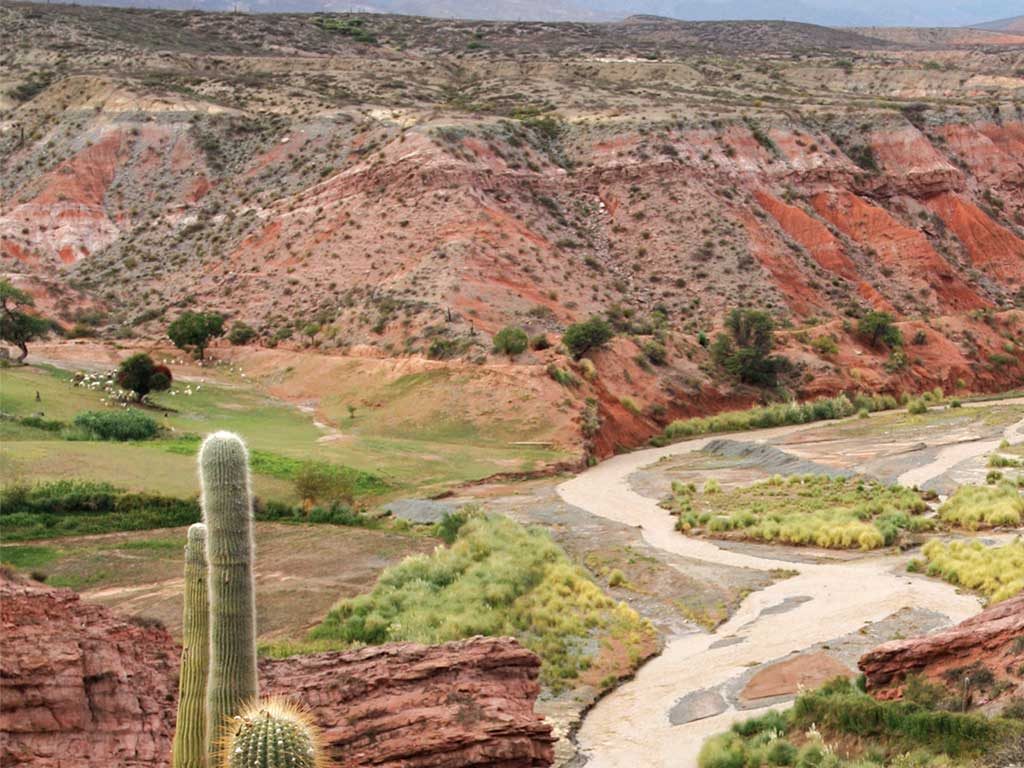
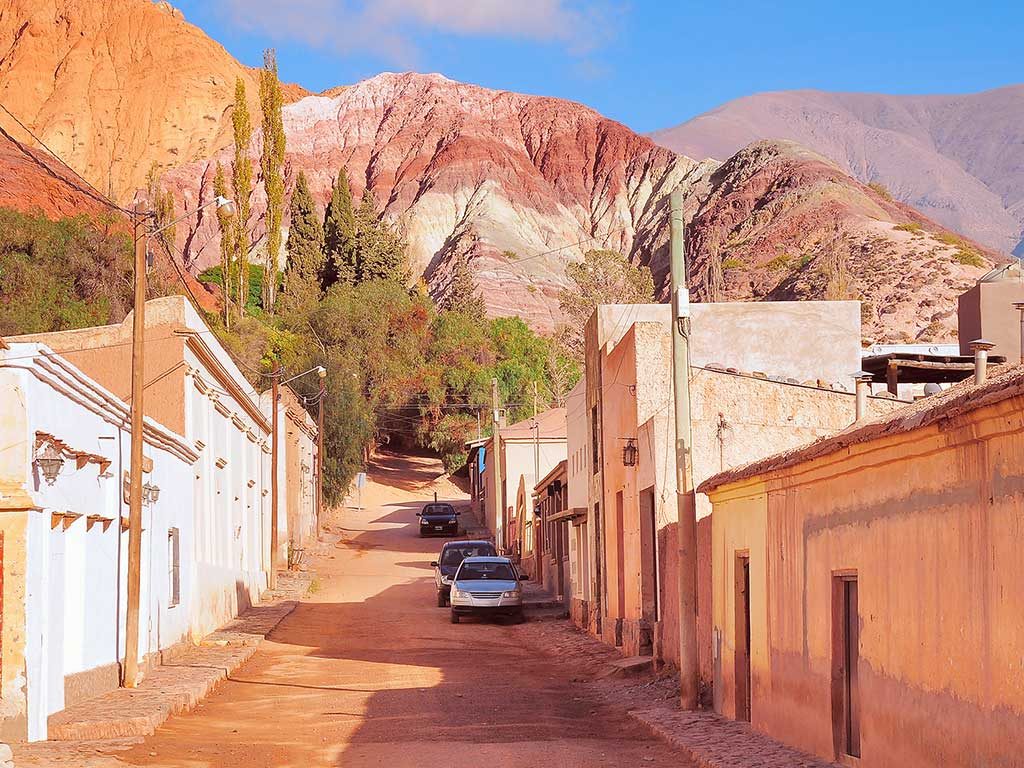
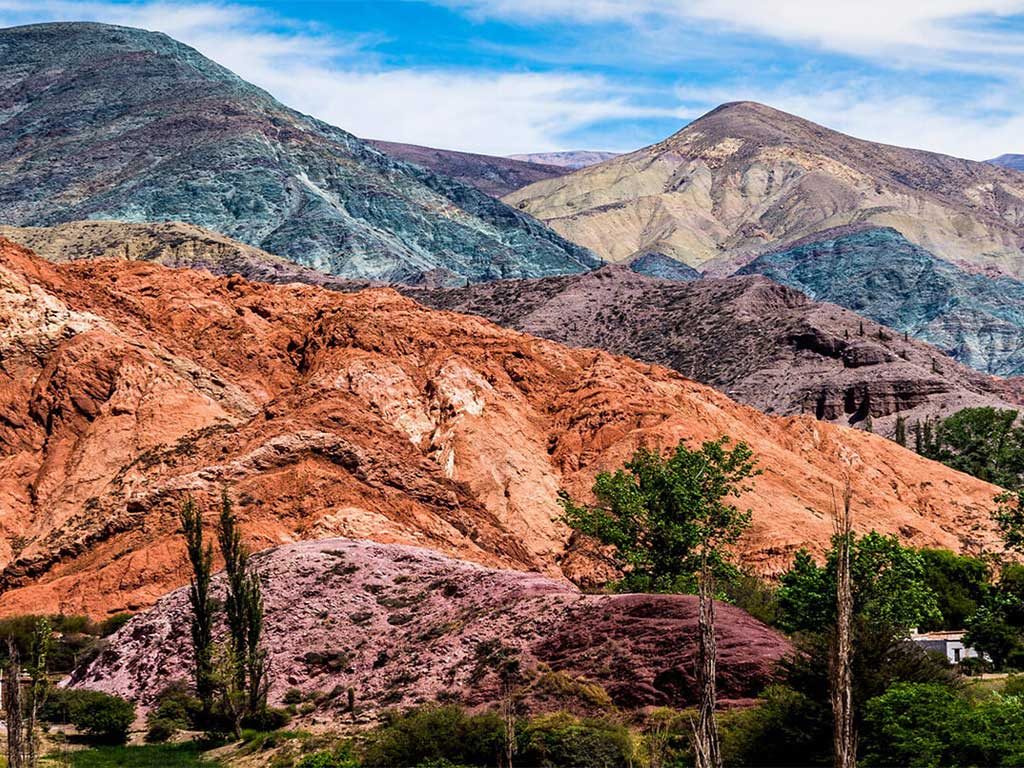
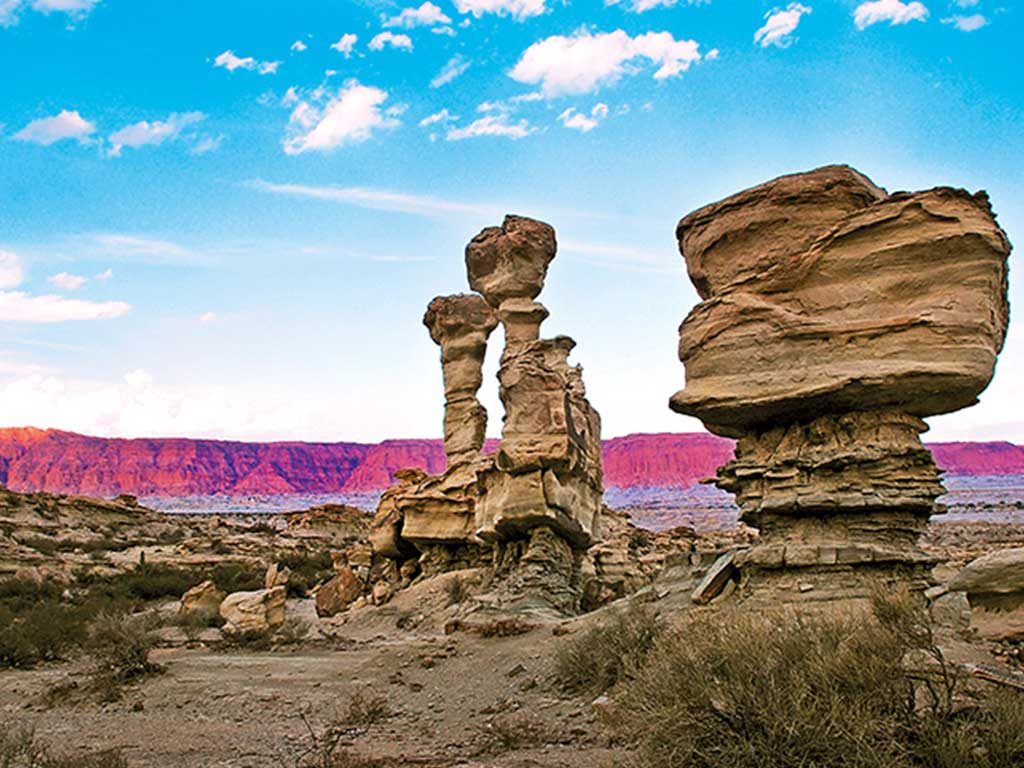
From the south of the Puna province of Jujuy to San Juan, passing through Salta, Tucumán, Catamarca and La Rioja, this desert region unfolds next to the Andes Mountains. The very sunny climate with little rain benefits the wine-growing activity. In the stony landscape of the mountain, with large crops of Torrontés, Chardonnay, Cabernet Sauvignon, Malbec and Creole varieties, among cacti, aromas, mistoles, carob trees and poplars, rise the wineries of this area, semi-colonial in style alternating with modern ones and whose wines and sparkling wines are world-renowned.
Location
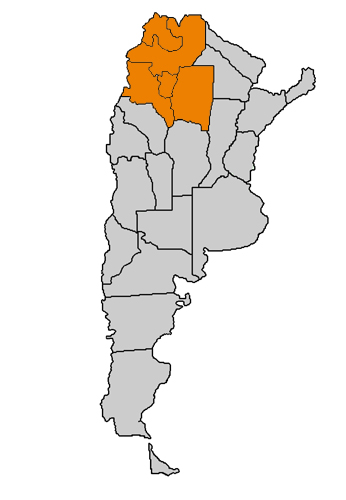
03
Patagonia Argentine
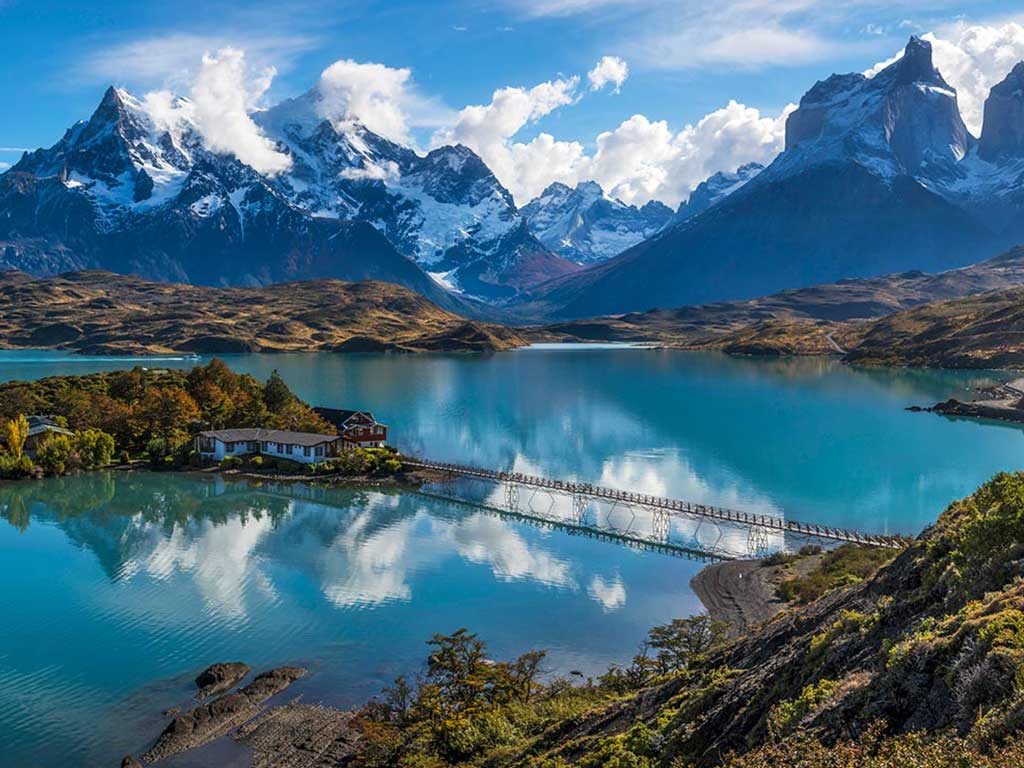
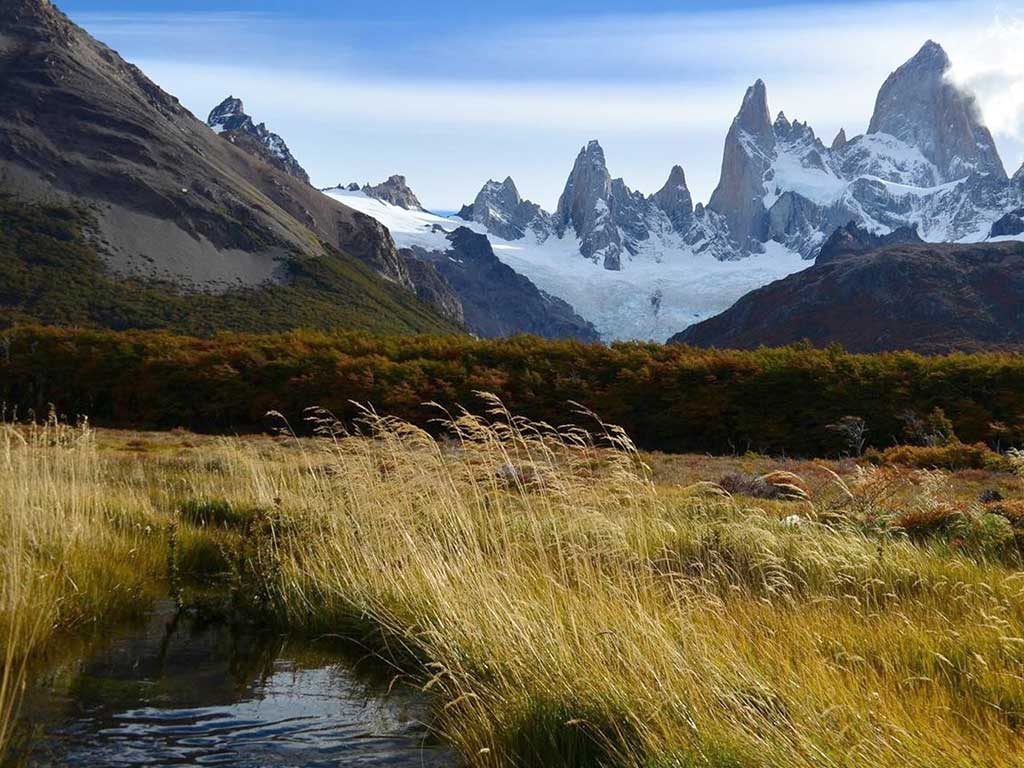
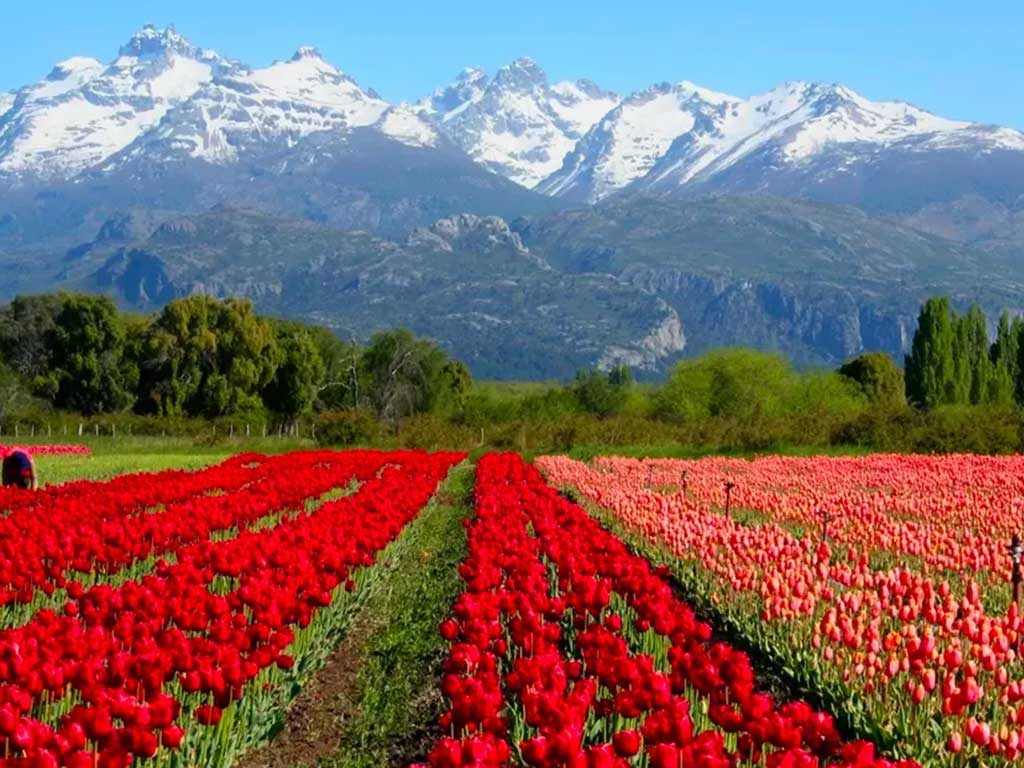
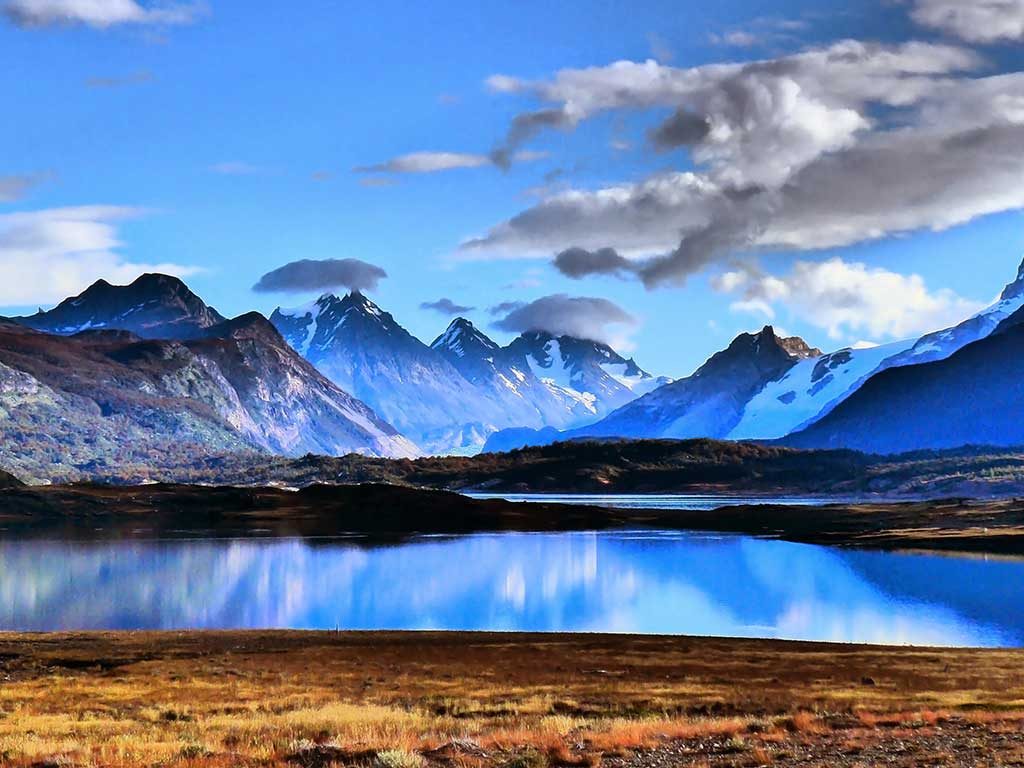
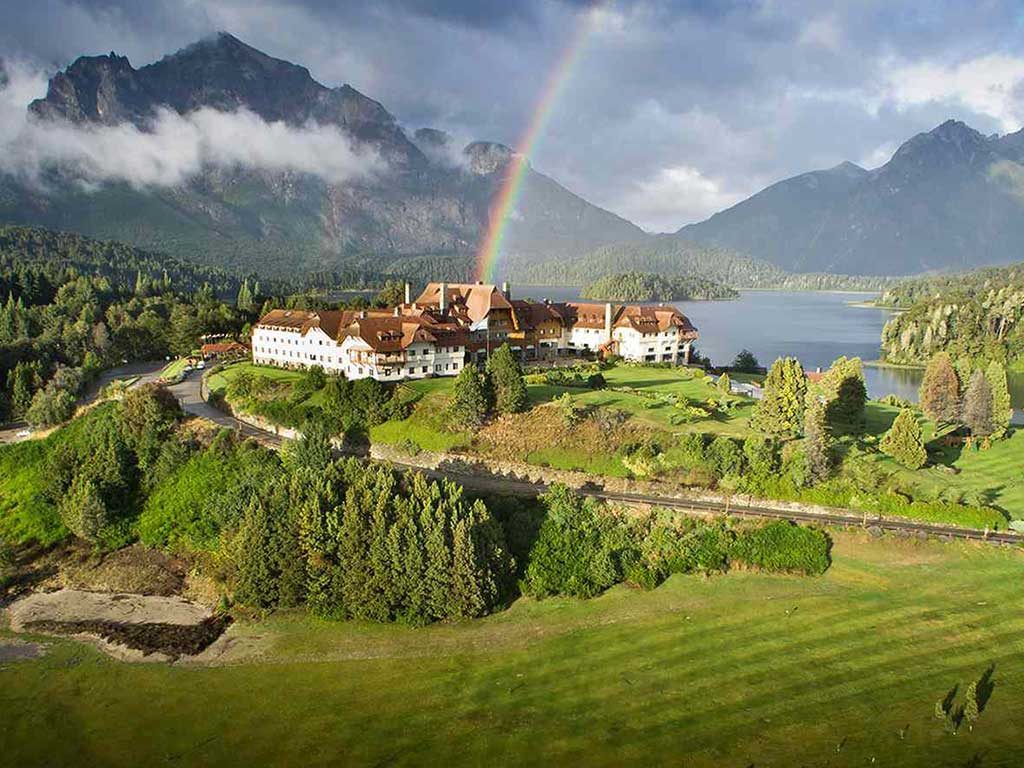
Being the lowest altitude wine region in the country, south of the provinces of Neuquén and La Pampa, and across the province of Río Negro, is the large valley formed by this river with the Colorado, prosperous in fruit trees and vines. With its large bodies of water and its green landscape, which ranges from the pine trees in the west to the poplars in the plain, white wines predominate here, along with particularly fine productions of Pinot Noir and Malbec.
Location
